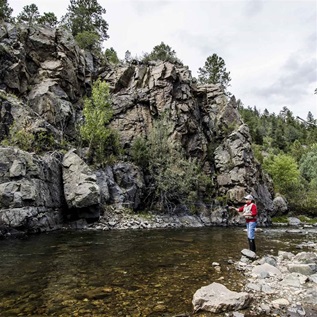Protect the High Seas
This video is hosted by YouTube. In order to view it, you must consent to the use of “Marketing Cookies” by updating your preferences in the Cookie Settings link below. View on YouTube
This video is hosted by YouTube. In order to view it, you must consent to the use of “Marketing Cookies” by updating your preferences in the Cookie Settings link below. View on YouTube
Editor’s note: The content on this page was updated Jan. 30, 2024, to clarify that the high seas cover nearly half the Earth’s surface, not more than half, as previously stated.
The high seas—waters beyond any single country’s jurisdiction—cover nearly half our planet’s surface. They are among the most biodiverse locations on Earth, harboring remarkable ecosystems and providing countless benefits for marine life and humanity alike. The problem? Right now, only 1% is protected.
But the recently adopted high seas treaty can change that.
Once ratified and implemented, the agreement will enable countries to create and manage a network of marine protected areas in international waters, safeguarding biodiversity and paving the way for a healthier ocean.










